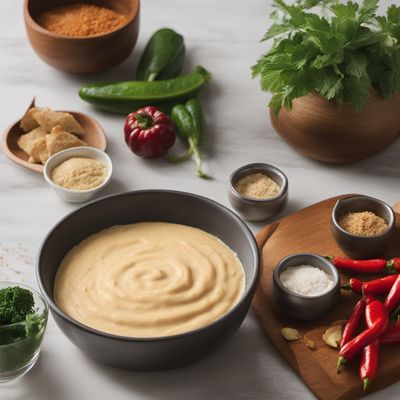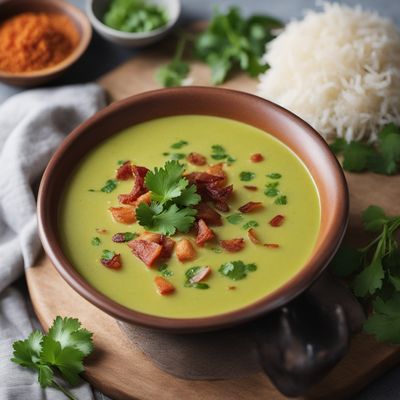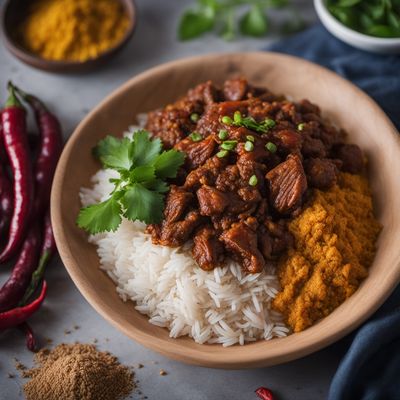
Ingredient
West African pepper fruit
The Fiery Spice of West Africa
West African pepper fruit, also known as grains of paradise, is a pungent and aromatic spice commonly used in West African cuisine. It adds a unique and fiery flavor to dishes, making it a staple in the region's culinary traditions.
Origins and history
West African pepper fruit is native to West Africa and has been used for centuries in traditional medicine and cooking. It is derived from the Aframomum melegueta plant, which is a member of the ginger family. The spice is known for its distinct taste and medicinal properties.
Nutritional information
West African pepper fruit contains essential oils, antioxidants, and bioactive compounds that contribute to its potential health benefits. It is believed to have anti-inflammatory, antimicrobial, and digestive properties. However, it is important to use this spice in moderation due to its intense flavor and potential for causing gastrointestinal discomfort in large quantities.
Allergens
West African pepper fruit is not known to be a common allergen. However, individuals with sensitivities to spices or members of the ginger family should exercise caution when consuming it.
How to select
When purchasing West African pepper fruit, look for whole seeds or ground spice from reputable sources. The spice should have a strong aroma and vibrant color. Avoid purchasing stale or expired products, as they may have lost their potency.
Storage recommendations
To preserve the freshness and flavor of West African pepper fruit, store it in an airtight container in a cool, dark place. Avoid exposure to heat, moisture, and direct sunlight, as these can degrade the quality of the spice. Proper storage can help maintain its potency for an extended period.
How to produce
West African pepper fruit can be cultivated in tropical regions with a suitable climate. It requires well-drained soil and regular watering. The plant can be grown from seeds or propagated through rhizomes. However, it is important to note that the plant may take several years to mature and produce fruits.
Preparation tips
West African pepper fruit is commonly used in West African cuisine to season soups, stews, sauces, and marinades. It pairs well with meats, fish, vegetables, and grains. The spice can also be used to add a unique twist to baked goods, cocktails, and infused oils.
Substitutions
Black pepper can be used as a substitute for West African pepper fruit, although it may not provide the exact flavor profile. Other suitable alternatives include cardamom, ginger, and cloves, which can add warmth and complexity to dishes.
Culinary uses
West African pepper fruit is a key ingredient in West African dishes such as jollof rice, pepper soup, and suya. It is also used in traditional beverages and herbal remedies. The spice is widely available in West African countries such as Nigeria, Ghana, and Senegal.
Availability
West African countries such as Nigeria, Ghana, and Senegal are the primary sources of West African pepper fruit. It is also exported to other regions and can be found in specialty stores or online retailers that offer international ingredients.
More ingredients from this category

Brazilian pepper fruit
The Fiery Jewel: Brazilian Pepper Fruit

Pink pepper fruit
The Fiery Elixir

Cubeb fruit
The Exotic Spice: Cubeb Fruit

Peppercorn (black, green and white)
Exploring the World of Peppercorns

Sumac fruit
The Tangy Jewel: Unveiling the Secrets of Sumac Fruit

Long pepper fruit
The Exotic Spice: Long Pepper

Grain of paradise fruit
"The Exotic Spice: Unveiling the Alluring Flavors of Grain of Paradise"


